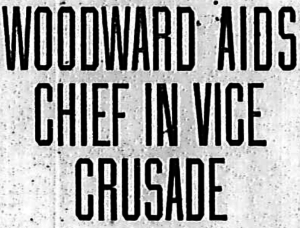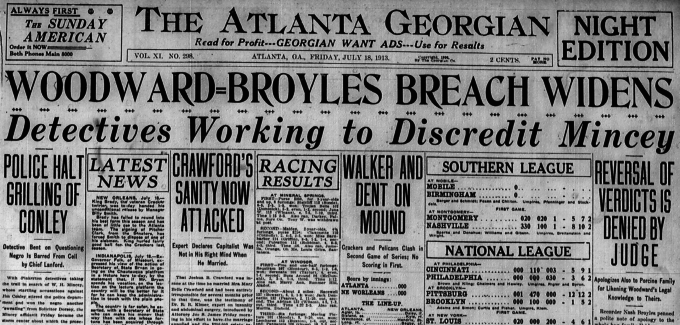 Another in our series of new transcriptions of contemporary articles on the Leo Frank case.
Another in our series of new transcriptions of contemporary articles on the Leo Frank case.
The Atlanta Georgian
Friday, July 18, 1913
REVERSAL OF VERDICTS IS DENIED BY JUDGE
Apologizes Also to Porcine Family for Likening Woodward’s Legal Knowledge to Theirs.
Recorder Nash Broyles penned a polite note of apology to the whole hog family Friday.
With the same hand he picked up the cudgels with which again to belabor his honor, Mayor Woodward.
The Mayor, quoth the recorder, was the author of a ridiculous and absurd falsehood and it was a regrettable libel upon Mr.Hog to have to submit to a comparison with Atlanta’s Mayor.
As for the Mayor, he declared he was tired of wasting verbiage on the Recorder and that he would have nothing more to say in their quarrel. He intimated, however, that he had it in his mind to override the Recorder again by pardoning another prisoner.
Here are Recorder Broyles’ comments on the Mayor:

 Another in
Another in 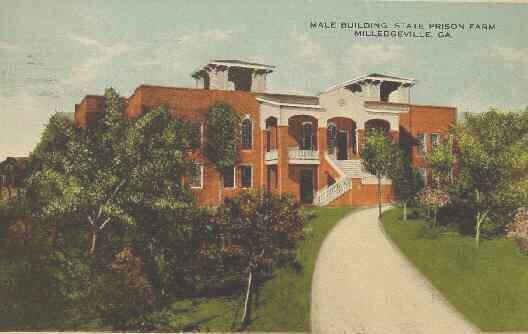
 Another in
Another in 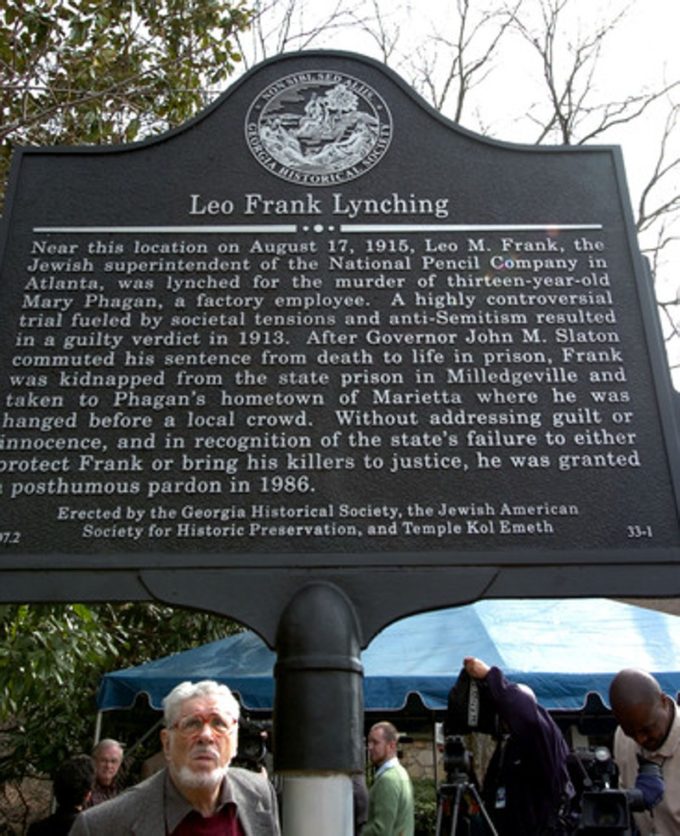
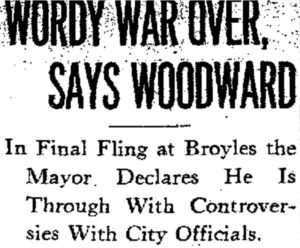 Another in
Another in 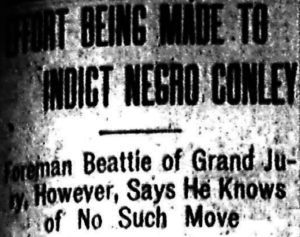 Another in
Another in  Another in
Another in 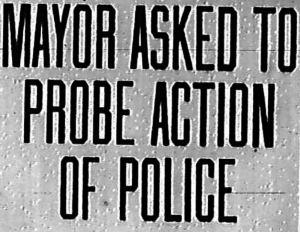 Another in
Another in 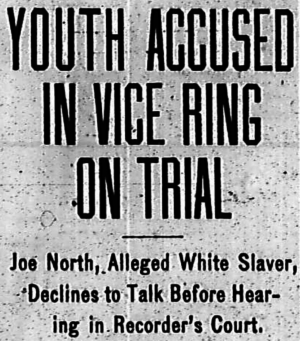 Another in
Another in 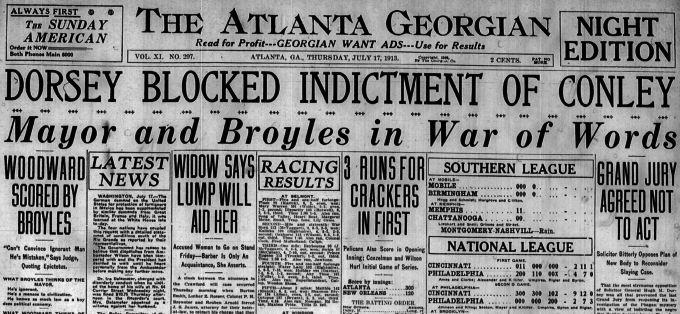 Another in
Another in  Another in
Another in 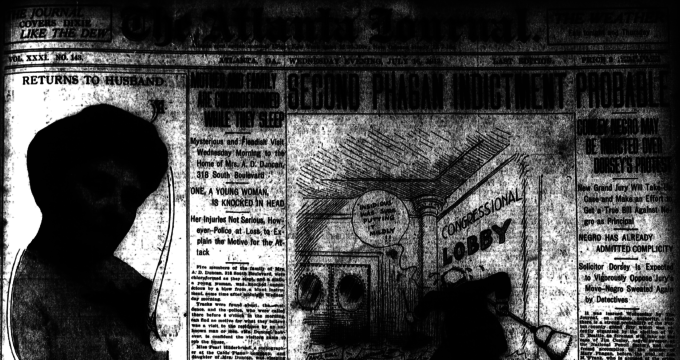 Another in
Another in 
 Another in
Another in  Another in
Another in 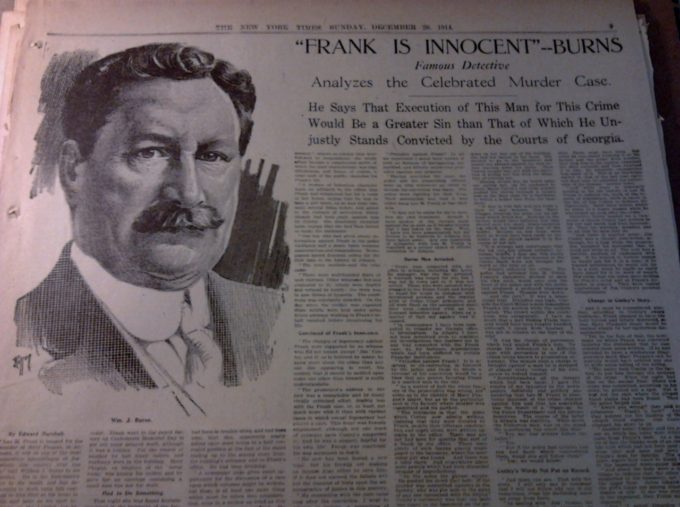
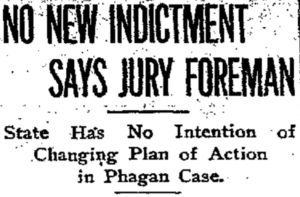 Another in
Another in 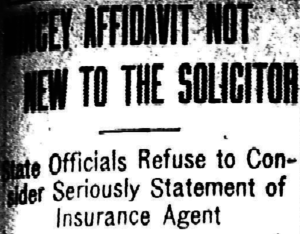 Another in
Another in 